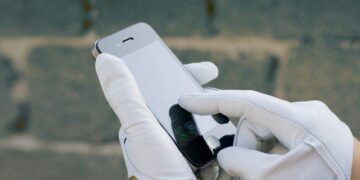Glass is one of the most popular construction materials worldwide. But why is that, and what’s it made of anyway?
Well, in this article, you’ll discover the answer to these questions, along with other interesting facts about glass, like whether it’s a solid or liquid and how it’s turned into a mirror!
So, continue reading because here are the 15 facts about glass:
Glass is made from sand.
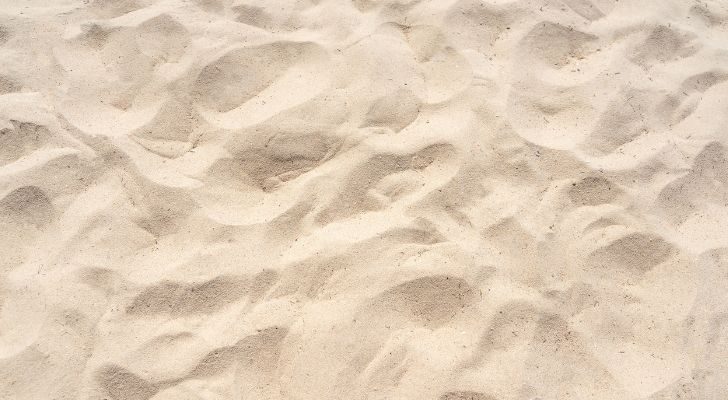
Glassmaking happens by melting sand. But before the glass gets melted, the sand is mixed with soda ash and limestone.
Soda ash is added to save energy when making glass by lowering the sand’s melting point.
However, adding it makes glass dissolve in water, so limestone is added to stop that from happening.
Afterward, the molten sand is then cooled to form glass.
It’s neither solid nor liquid.

Glass is classified as an amorphous solid, which is a solid that doesn’t form crystals and has irregularly arranged molecules.
Speaking of molecules, the glass molecules still flow, like liquid, yet slowly. This is why glass isn’t considered a solid object despite looking like one.
The most common type of glass is also the most dangerous.
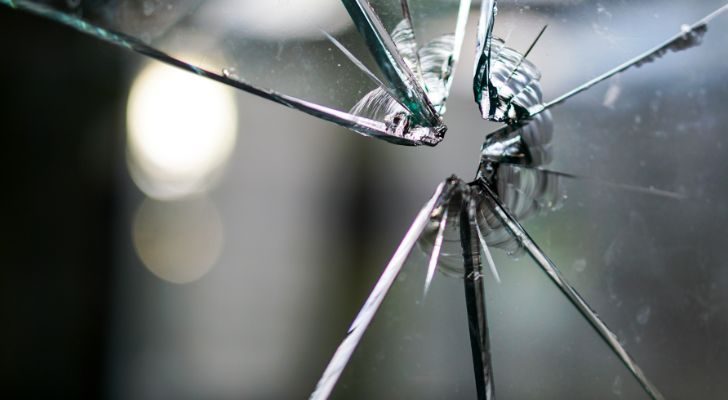
Most windows and glass structures are made with annealed glass, a type of glass that’s thermally treated and cooled slowly. This results in mitigating the glass’s internal stress, increasing its durability.
But when compared to other types of glass, annealed glass is the least durable.
In fact, you’re more likely to injure yourself when annealed glass breaks, as it shatters into shards when it breaks.
Tempered glass can’t be cut.
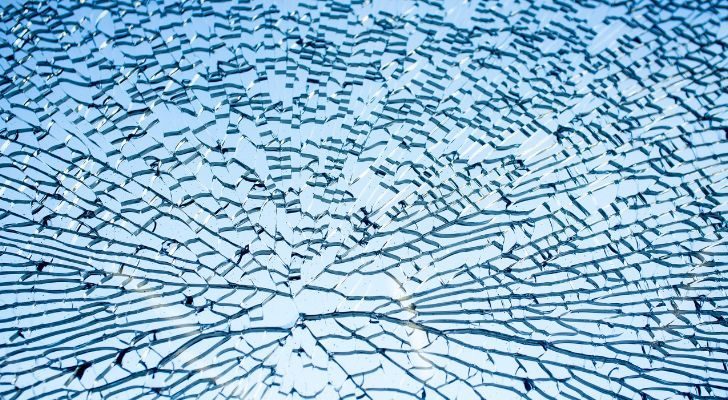
Tempered glass is considered safety glass. Because when it breaks, which rarely happens, it shatters into tiny pieces instead of shards — all thanks to the tempering process.
Tempered glass is actually made from annealed glass but goes through an extra process where it gets heated to 1,300 °F (700 °C) before being rapidly cooled.
The downside to tempered glass, though, is that it can’t be shaped or cut. So, the key here is to alter the annealed glass before tempering it.
Glass is an insulator.
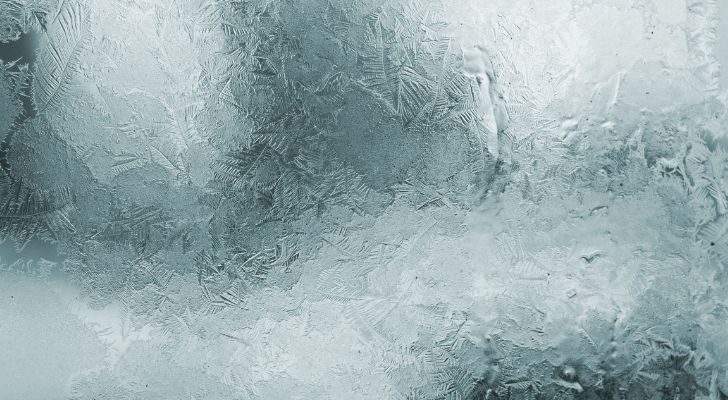
Insulators are materials that don’t let heat or electricity easily pass through. This is because these objects have electrons that are closely packed together.
Conductors, on the other hand, have electrons that are able to move freely, facilitating the transfer of heat and electricity.
A particularly fascinating fact about glass is that it can also act as a conductor when heated to high temperatures.
You can microwave glass.
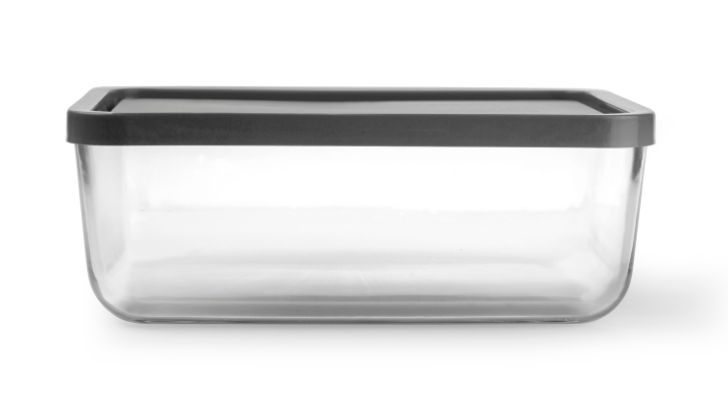
When reheating your leftover food, it’s ideal to use glassware. Just make sure it’s labeled “microwave-safe,” or you’ll end up with a cracked glass container!
Some glassware isn’t microwavable because it has metal, dyes, or air bubbles, which causes it to break.
Keep in mind, though, that microwave-safe glassware can still break if you microwave it immediately after taking it out of the freezer!
Glass containers are healthier than plastic ones.
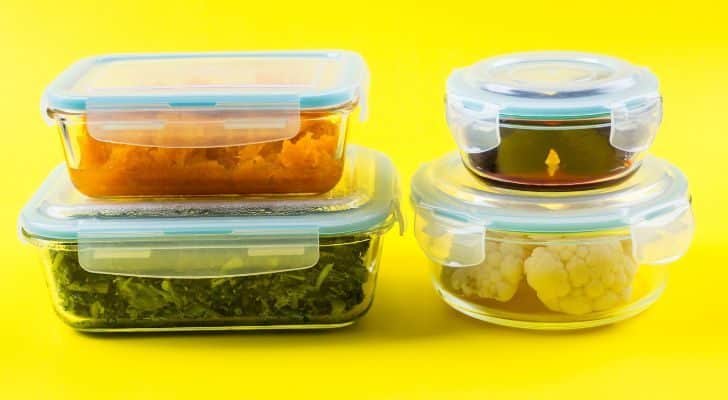
Most plastic containers are harmful to your health, as they can leach chemicals into your food when they’re heated.
There are still toxic substances in glass containers, but there are fewer of them, and they won’t leach into your food.
Now if only glass containers were more affordable, we could ditch all our nasty plastic containers!
Glass is often used for skyscrapers.

Architects and interior designers typically use glass for skyscrapers, as glass walls make them look modernized and appealing.
Glass is also lightweight, which is ideal for high-rise buildings to reduce the overall weight of their structure. This is particularly useful, as it helps prevent them from collapsing during earthquakes.
Another reason why glass walls are an excellent choice for tall buildings is because they let sunlight pass through, which provides health benefits and reduces the need for artificial lighting.
Green and brown glass bottles preserve beer’s flavor.
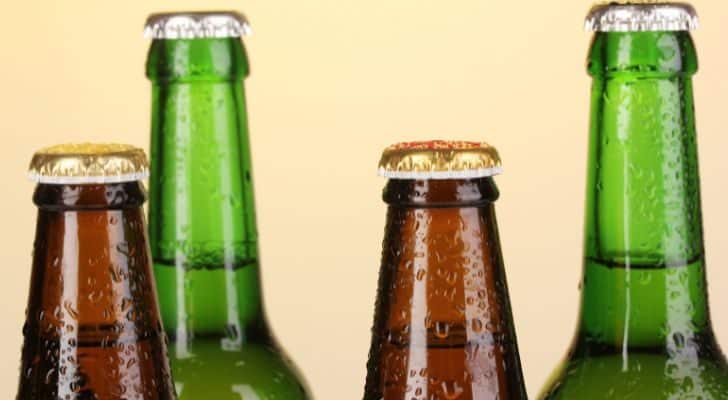
It turns out that clear glass bottles aren’t ideal for beer, as they make beer smell and taste bad due to ultraviolet (UV) rays.
So, to prevent the Sun‘s UV rays from reaching the beer, green and brown glass bottles were used instead since they can block out UV rays.
Brewers can also preserve the beer’s flavor by applying UV-protected coats to the glass.
Stunt glass is made from sugar, not glass!
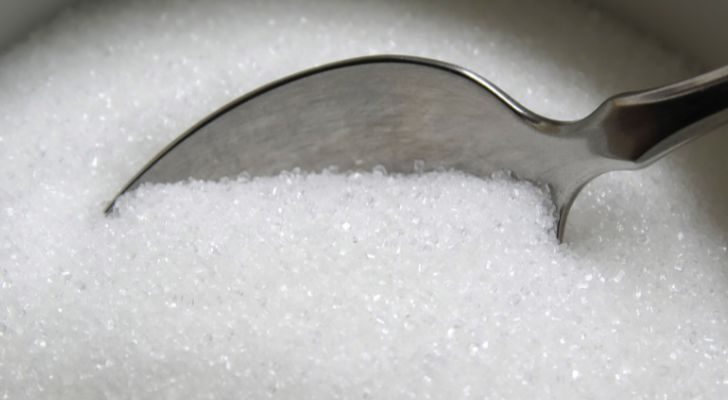
Stunt glass, or breakaway glass, reduces the risk of injury when performing stunts that require breaking glass.
It’s surprisingly simple to make, too. Simply dissolve sugar in water, heat it up to at least 300 °F (148 °C), and then add corn syrup. Adding this at the end helps prevent the sugar from recrystallizing.
Since it’s made with sugar, you can eat it, too!
Silver is used to turn glass into mirrors.
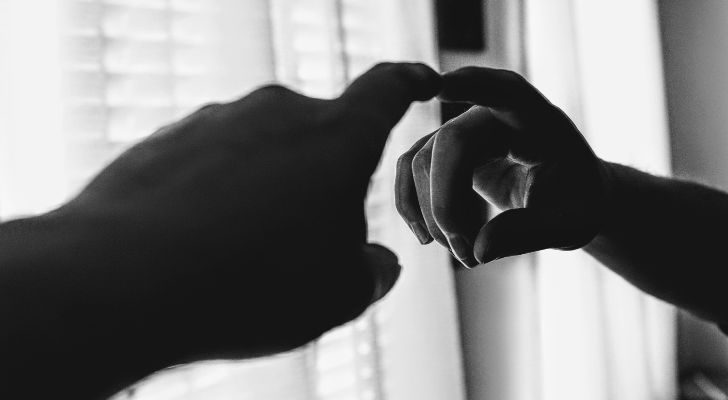
To create mirrors, a thin coat of silver is applied to the glass. This process is called silvering, and it was developed by German chemist Justus von Liebig in 1835.
However, silver isn’t the only metal used for making modern mirrors. Aluminum and chrome are also used since they, too, are highly reflective.
Glassblowing is one of the ways to shape glass.
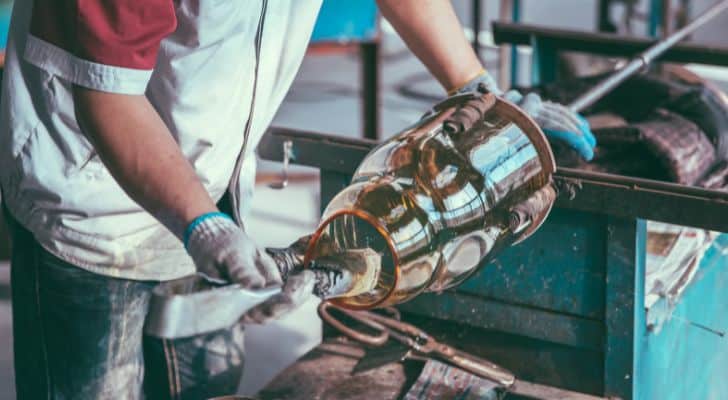
Glassblowing is a traditional glass-forming technique that involves blowing molten glass with a blowpipe into a bubble.
Then a variety of other tools are used to shape it, like jacks, blocks, and even newspapers.
While some say glassblowing was invented in the 1st century BC, others claim it was between 27 BC and 14 AD. What’s sure, though, is that Syrian craftspeople were responsible for its invention!
Glass is the traditional material used for greenhouses.
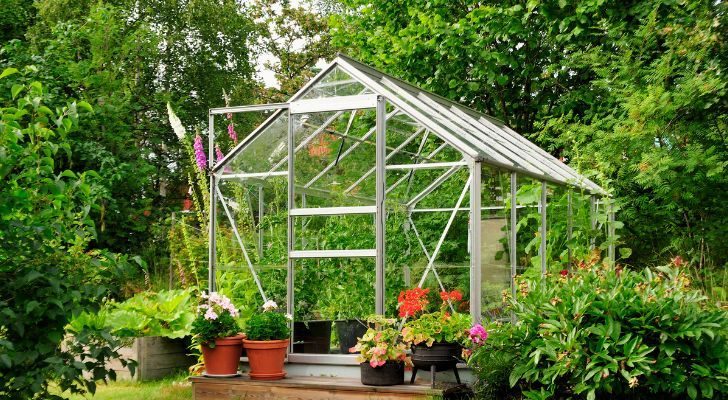
A greenhouse is used in farming to protect crops from bad weather while still allowing sunlight to pass through.
Until the invention of plastic, greenhouses were all made out of glass. Glass is still used, but it’s mostly for aesthetic purposes.
While less pretty to look at, plastic greenhouses are easier to maintain, safer, and cost far less!
Not all glass is recyclable.
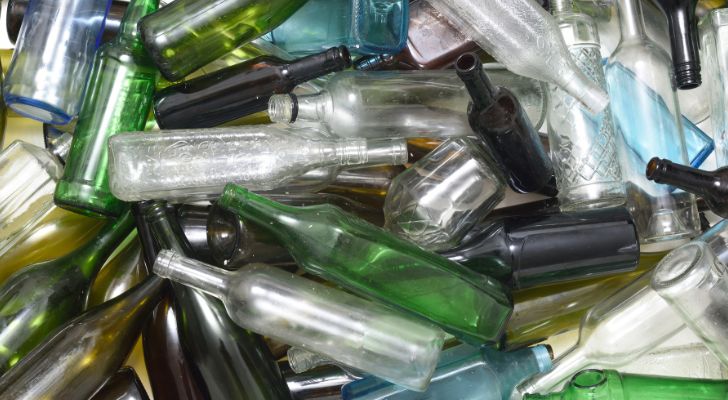
Certain glass materials, like drinking glasses and mirrors, have chemical additives. And this is the reason why they’re unrecyclable.
The addition of chemicals gives the glass a different melting point. This becomes a problem when mixed with recyclable glass, as the resulting glass becomes incredibly fragile.
In general, glass bottles and jars are almost always recyclable. If you’re not sure, check your local guidelines on what types of glass can be recycled.
Glass is a non-biodegradable material.
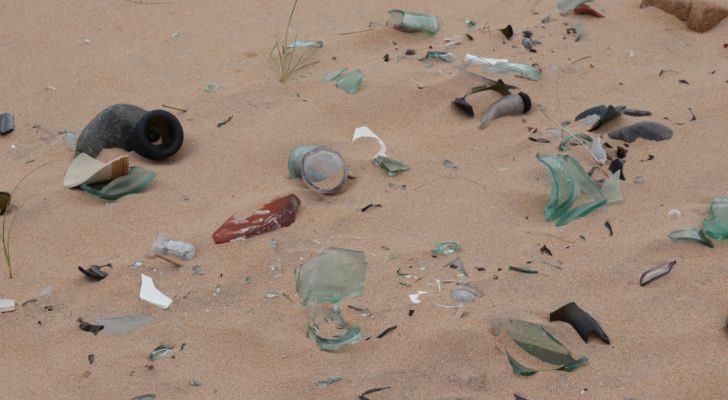
Sand doesn’t decompose despite being a natural material. And since glass is made with sand, this also makes it non-biodegradable.
Why microbes don’t break down glass boils down to the material having little to no nutrients.
So, like plastic, glass will stay for a long time in our environment. This emphasizes the importance of recycling glass.
From the different types of glass to its applications in skyscrapers and beer bottles, we hope you’ve gained a new appreciation for this extraordinary material.
Remember, glass may be non-biodegradable, but recycling it can make a real difference to the environment.
So, the next time you raise a glass to toast, do it with a newfound admiration for the captivating substance that’s been shaping human history for centuries.



